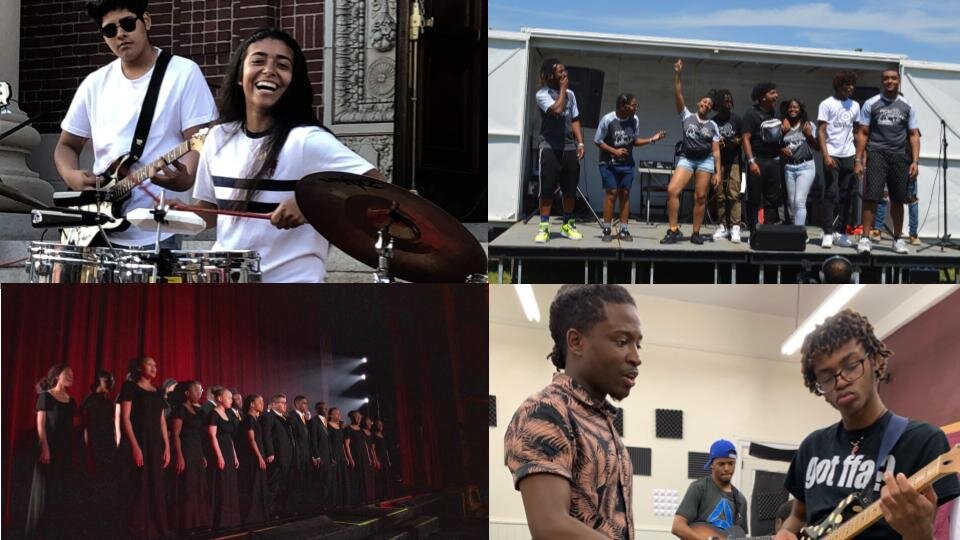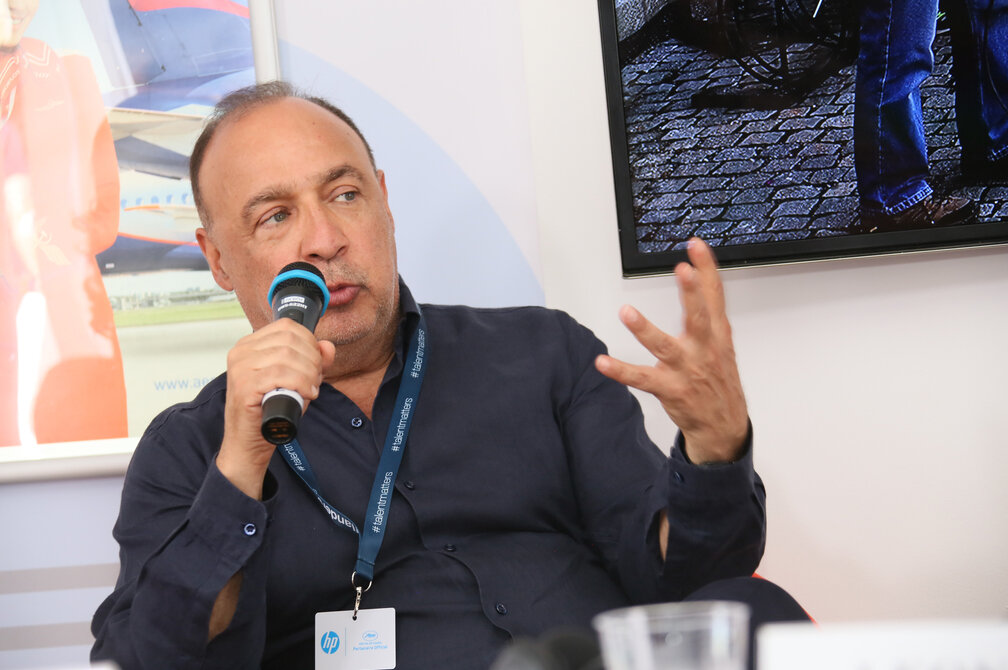
While some people wait rapturously for the next episode of Game of Thrones, we at IP wait for the Wallace Foundation’s latest installment in its $52 million Building Audiences for Sustainability (BAS) Stories series.
And why shouldn’t we? In a philanthropy world where “engagement” is all the rage among arts funders, Wallace’s initiative looks at efforts of performing arts organizations to attract and retain new audiences in ways that also contribute to their financial health.
The foundation’s latest installment focuses on the Seattle Symphony and its efforts to engage new residents in a rapidly growing city. Let’s take a closer look, shall we?
A Performance Arts Field in Crisis
By homing in on the audience engagement efforts of a symphony, Wallace calls attention to a performing arts field struggling for survival.
Less than a year ago, a League of American Orchestras (LAO) report found that as box office receipts continue to drop, classical orchestras now receive a majority of revenues from donations. The implications of this sector-wide shift are profound. I noted at the time, “Things can turn south quickly if a big donor sits on the sidelines or a fundraising campaign underperforms. Similarly, rather than tailoring programming to the general public, orchestras may now find themselves bending toward donor interests—an unpalatable proposition for any independent-minded programming director.”
The new normal was best summarized by the LAO’s Jesse Rosen. “It’s shifting,” he said. “It has been a transactional thing: We put on concerts, you buy a ticket, and we take your money, and that keeps us going, and everything is fine. Now, it is: What is the value we make in this community? Because it’s now primarily philanthropic support driving the engine.”
The Seattle Symphony wasn’t immune to this shift. During the symphony’s 2011-12 season, its core Masterworks concerts were selling at just 63 percent of paid capacity.
Location Helps—Until It Doesn’t
On the bright side, the Seattle Symphony finds itself operating in, well, Seattle.
The city, of course, is home to Amazon and Microsoft. Google has a huge footprint, and Paul Allen is donating millions to transform it into a global hub of computer science education. Seattle is swarming with students, new residents, affluent young professionals, and very affluent baby boomer professionals. It’s a performing arts executive’s dream come true.
Yet as the saga of the Silicon Valley Ballet showed, mountains of tech money don’t always translate into financial sustainability. What’s more, it’s difficult for a performing arts organization to differentiate its brand in a vibrant and expansive place like Seattle. Don’t be believe me? Just ask Paul Allen, whose new music festival was met with a collective shrug by the city’s music community.
Add it all up, and the symphony faced a tall order. It needed to make the “highbrow” arts experience attractive to fickle, over-stimulated residents.
Less Formal, More Local
The symphony suspected that its success would hinge on engaging Seattle’s downtown-dwelling “new urban cultural consumers” (aka NUCCs, proving yet again that the U.S. military doesn’t have a monopoly on zany acronyms).
Stakeholders believed these NUCCs—mostly millennials with a smattering of gen X-ers and boomers—were out there waiting to be hooked, and so it channeled the “let’s get casual” programming strategy employed by its highbrow Bay Area brethren.
For example, its “Sonic Evolution” concerts embraced the musical legacy of Seattle by blending the orchestra’s classical prowess with the styles of local bands. For the inaugural concert, the symphony performed a piece written by “alt-classical” composer William Brittelle, dubbed Obituary Birthday (A Requiem for Kurt Cobain).
My undying love of Kurt Cobain notwithstanding, this seems like a savvy move. As I previously noted in a piece looking at the Philadelphia Orchestra’s own engagement efforts, when highbrow performing arts groups tap into unique local assets, residents and funders often respond.
But are such formats truly savvy? Consider one of the symphony’s other new formats, Untuxed, whose name takes the idea of casual highbrow arts experience to a new semantic level.
Untuxed performances start at 7 p.m. and last no more than 75 minutes. In other words, it’s tailor-made for an ADD-stricken iPhone generation neurologically unable to sit through the symphony’s signature, more traditional, and longer “Masterworks” series.
And therein lies the danger. If ticket buyers defected from Masterworks to the shorter, cheaper Untuxed, that, according to the Wallace case study, would be a “negative, revenue-depleting result.”
Testing Assumptions
Theories abounded within the symphony’s brain trust, so it took the next step by partnering with a third party to roll out surveys and conduct market research to see how these formats would resonate with audience groups.
Findings were interesting and occasionally counterintuitive. NUCCs included not only millennials, but older empty nesters as well. And Untuxed audiences didn’t want edgy or unfamiliar performances; rather, according to Charlie Wade, senior vice president for marketing and business operations, they preferred music that they “know and love.”
The final phase involved the symphony making “course corrections” and launching outreach efforts based on research and sales figures. To learn more about these efforts, check out the full case study here.
Gathering “Essential Information”
By creating casual formats to appeal to bountiful yet mysterious NUCCs and accumulating actionable audience feedback, the symphony’s efforts have generated impressive dividends thus far.
According to Wallace, the new programming may have contributed to a 40 increase in attendance in the 2016-2017 season compared with the previous year. The symphony also discovered that its new and less formal formats “extend their brand,” drawing new and different audiences to performances without decreasing Masterworks audiences.
There’s more work to be done. In new focus groups this fall, the symphony plans to explore how NUCCs buy tickets, how they might be approached to become members, what information they would like, and how they are best reached digitally.
And so the main takeaway for arts organizations elsewhere can be best articulated by Julie Andrews (via the bountiful pens of Rodgers and Hammerstein) from The King and I: “Getting to know you / Getting to know all about you / Getting to like you / Getting to hope you like me.”
“Market research has given us essential information to help us understand our audience and how best to serve them,” said Simon Woods, President & CEO of the Seattle Symphony. “Though we still have much more to learn, we have already made significant progress in how we engage with the universe of current and potential ticket purchasers who live in downtown Seattle.
“This new understanding will have a huge impact on our ability to adapt as our city continues through this period of extraordinary growth and demographic change.”



.jpg)










.jpg)

.jpg)













